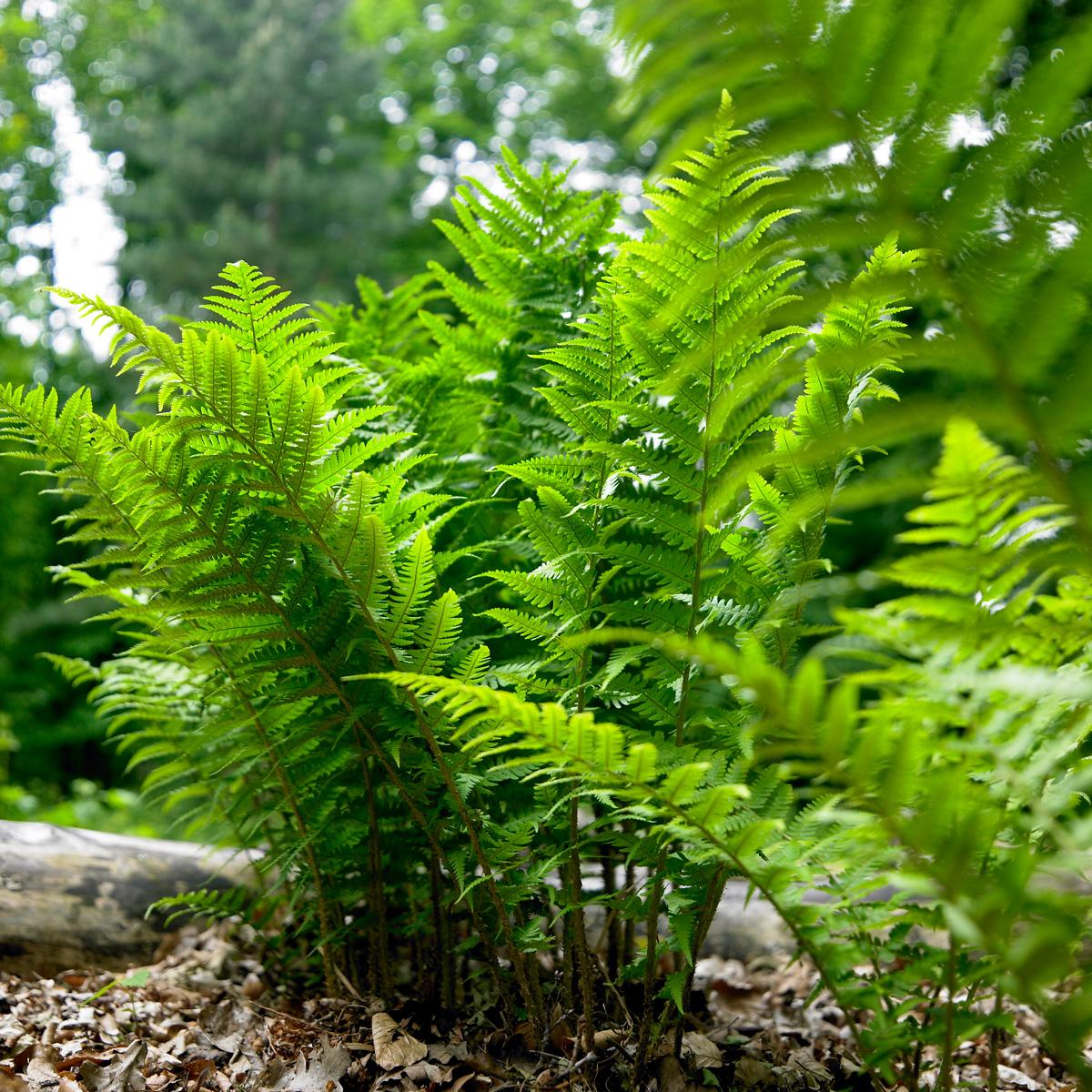Your Guide to Planning, Planting, and Growing Ferns
Walk through almost any natural area where there's shade and some moisture, and you are bound to see ferns. They carpet the ground in woodlands and swampy areas, gather around springs and stream banks, cascade over rocky outcroppings and decorate old stone walls.
In home gardens, these graceful perennials have much to offer. They are easy to grow, long-lived and require almost zero care. They come in a variety of leaf colors, shapes, and sizes, and are rarely troubled by diseases or pests, including deer and rabbits.
Start with a Better Plant
Longfield Gardens offers ferns as grade #1 bare root plants or as starter plugs. It's important to start with good plants that have well developed root systems. Strong, healthy plants will settle in more quickly and get off to a faster start.
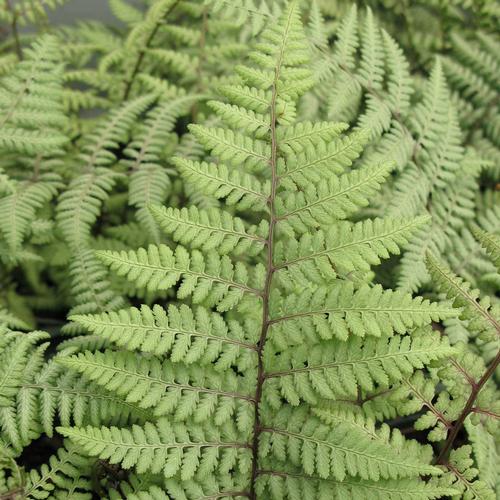
Plan for Success
Shade and Sun: Most ferns grow best in partial shade. Some types will also grow in full sun or full shade. Be sure to check each plant description for specific details.
Zone: Most ferns will survive very cold winters, but cold tolerance varies from one species to another. Christmas ferns, for example, are hardy to zone 3, while Japanese painted ferns are hardy to zone 5. Not sure about your hardiness zone? Check the USDA zone map here.
When to Plant: It's best to plant ferns in early spring when the plants are still dormant and the soil is cool and moist.
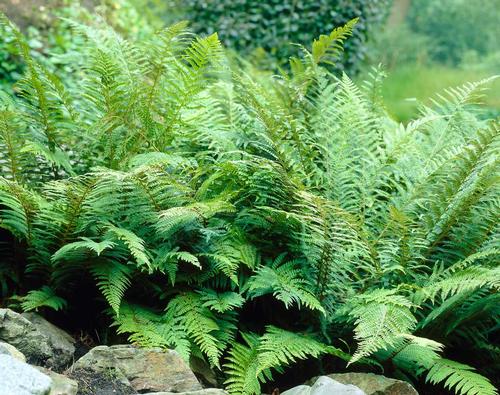
Where to Plant Ferns
Ferns are an excellent addition to any shady garden. They are good companions for other shade plants such as hostas, astilbes, dicentras and caladiums, and can be used as specimen plants or for background plantings.
In a shady yard, it can be challenging to maintain a good-looking lawn. Instead, consider replacing the most difficult areas with ferns. Once established, they are an excellent ground cover and require much less attention than turf grass.
As a general rule, ferns prefer moist soil, so they are also a natural choice for edging a stream or pond. Have a soggy area or rain garden? Consider including ferns along with other moisture-loving perennials such as monarda, Joe Pye weed and ornamental grasses.
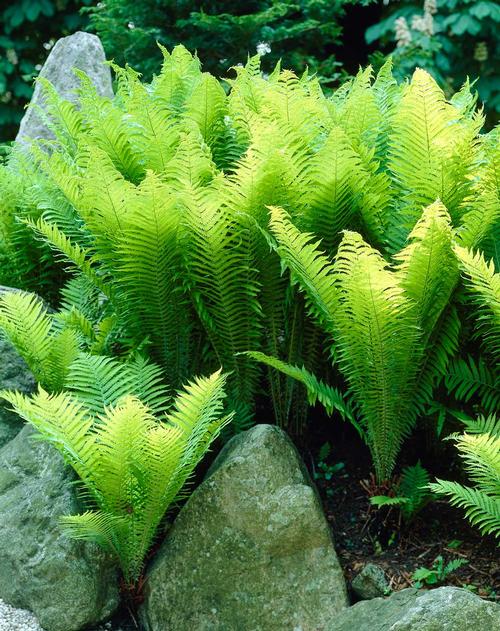
How to Plant Ferns
1. Loosen the soil to a depth of 12”. To improve the soil, you can mix in compost and an all-purpose granular fertilizer (follow package directions).
2. Dig a small hole deep enough for the roots, and position the plant so the crown (where the roots meet the stem) is about a half-inch below the soil surface.
3. Cover the roots with soil and water well.
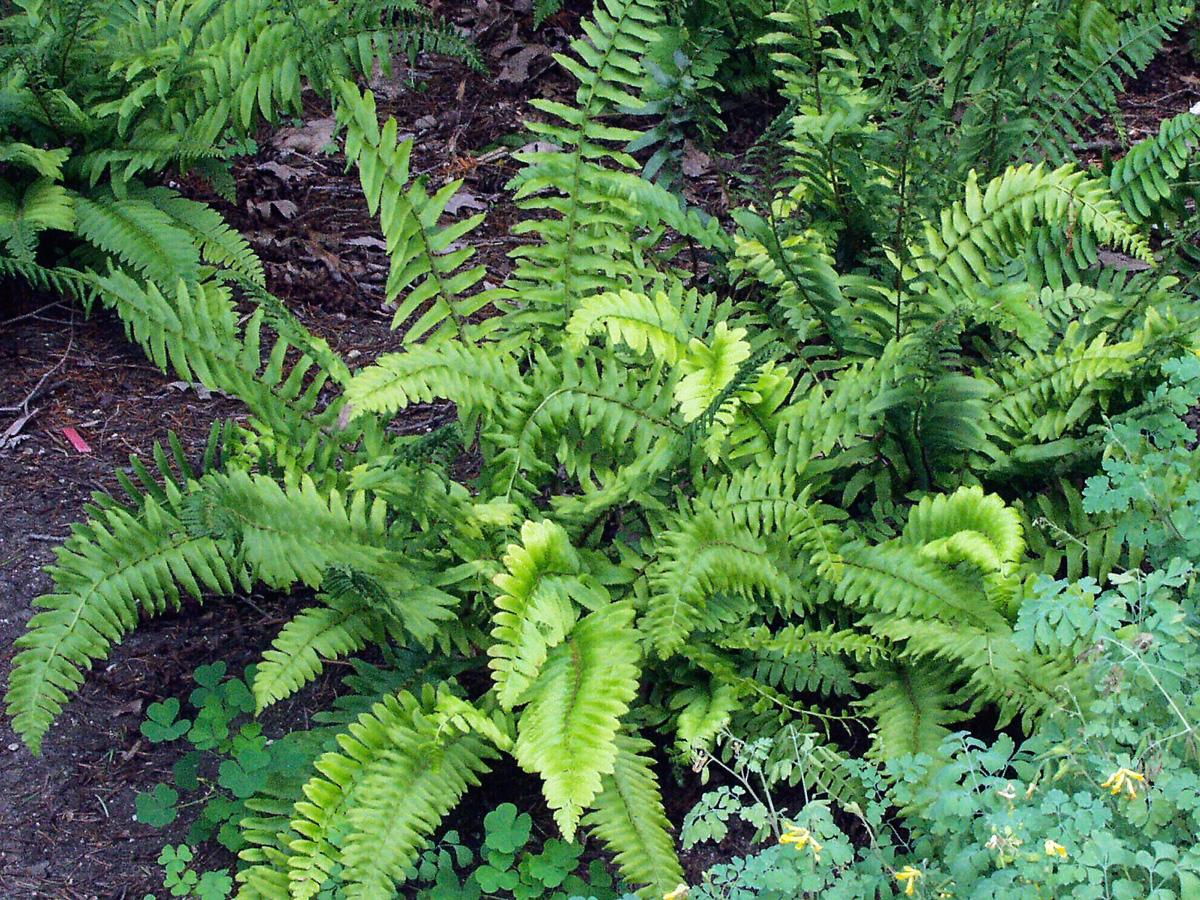
Tips for Growing Ferns
Most ferns grow best in loose, loamy soil that is rich in organic matter. Before planting, you can enrich the soil by working in organic matter such as compost, shredded leaves and peat moss.
Though most ferns are not fussy about soil pH, some types prefer acidic soil. Check the pH of your soil and choose ferns that will be happy in those growing conditions.
Some ferns will tolerate all day sun, provided the soil is good and doesn't dry out. Interrupted ferns and cinnamon ferns are good choices for a relatively sunny location. For sites with dry soil, choose Christmas ferns or lady ferns. If a period of unusually hot weather causes your ferns to wither, cut them back to the ground and they will regrow once temperatures cool down.
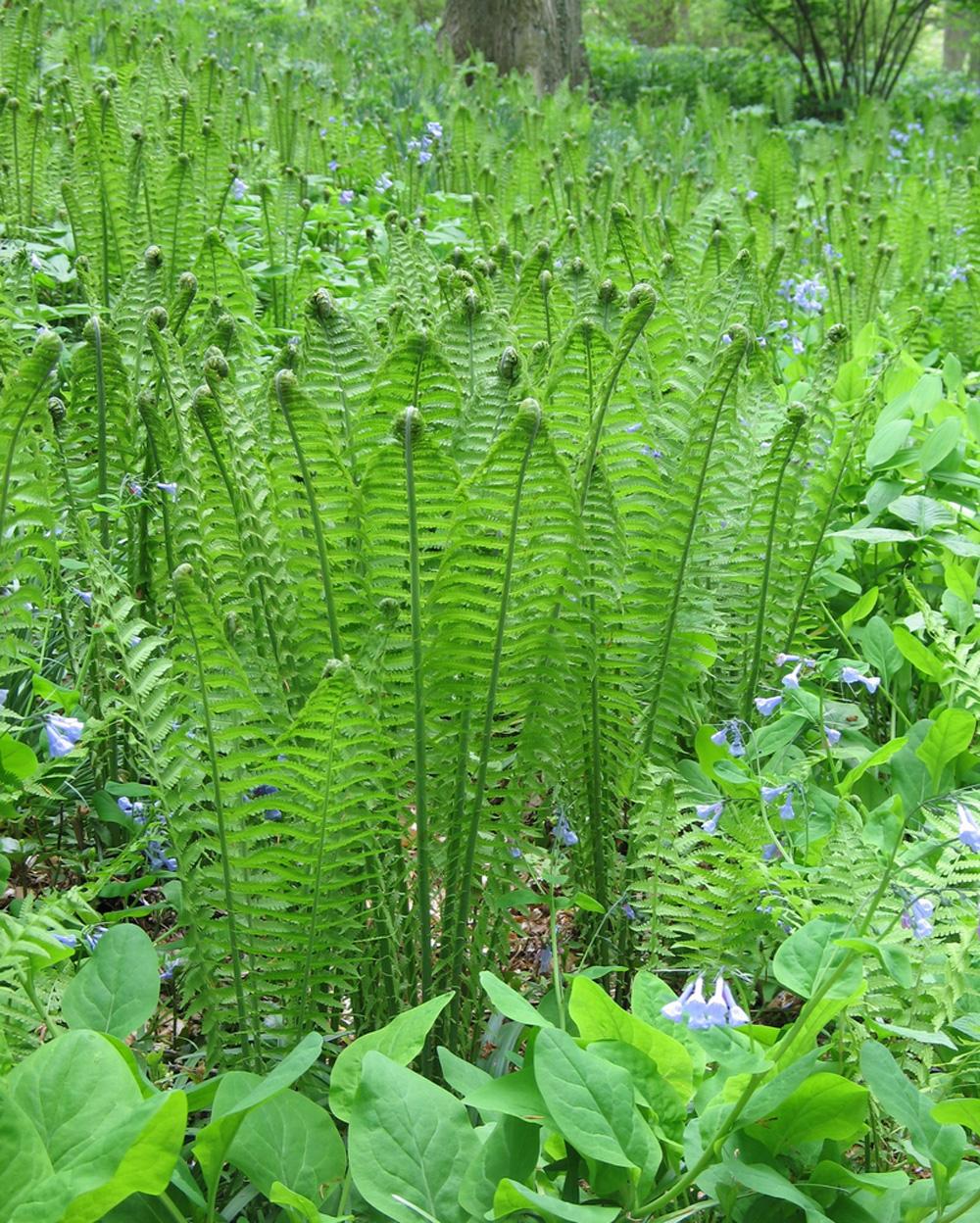
What to Expect
Most ferns die back to the ground in late fall, though some, such as Christmas fern, stay green right through the winter. There's no need to remove spent foliage in the fall. Leaving it in place for the winter will help insulate the roots from extreme cold. The decaying fronds also add valuable organic matter to the soil.
Ferns are generally long-lived and rarely need dividing. In warm or dry climates, mulching them with shredded leaves will help keep the soil moist and the roots cool.
Shop HERE for ferns.
Learn more about ferns and shade gardening:
Best Ferns for Gardens and Landscapes
